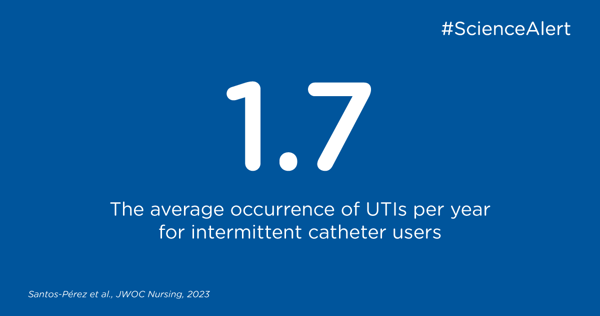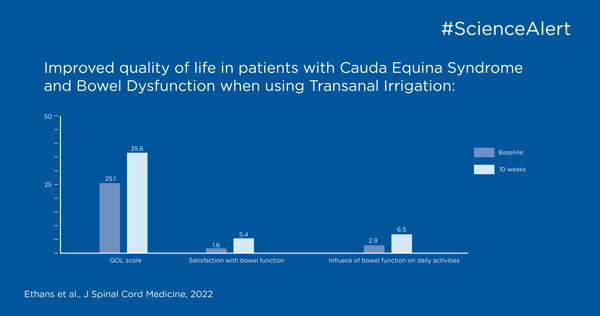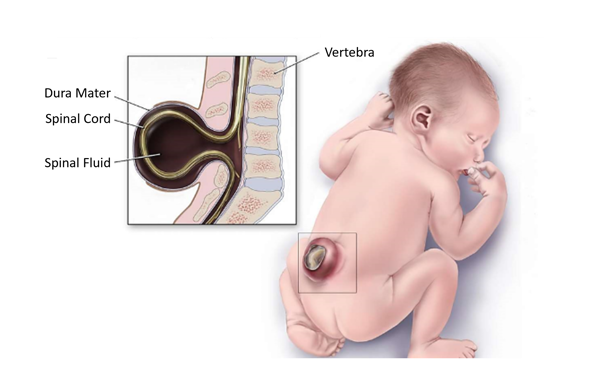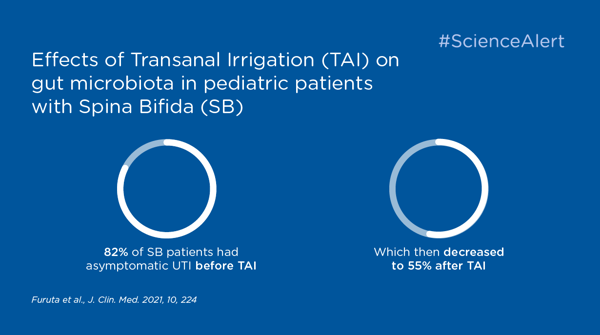47 Artikler
-
A female intermittent catheter improving well-being, independence, dignity and control
This data was presented at The International Spinal Cord Society (ISCoS) conference in Antwerp October 2024.

-
Aldring med rygmarvsskade - Påvirkning af tarm- og blærefunktion
key:global.content-type: Artikel
I dette webinar vil du høre fra Dr. Rebecca Haddad, som er læge med speciale i fysisk medicin og rehabilitering med fokus på geriatri ved Sorbonne Université i Paris, Frankrig. Hendes kliniske, forsknings- og undervisningsarbejde er dedikeret til pleje af mennesker, der ældes med handicap, med særligt fokus på aldring af blæren.

-
Seksuel dysfunktion hos mænd, der ældes med rygmarvsskade
key:global.content-type: Artikel
I dette webinar vil du høre fra Dr. Gianluca Sampogna, en urologisk kirurg, der arbejder på Spinal Unit, Niguarda Hospital, Milano, et henvisningscenter for blære-, tarm- og seksuelle sundhedsproblemer i rygmarvsskadede befolkninger. Han er leder af Sexual Health Program, som tilbyder mange løsninger fra seksuel rådgivning til rehabilitering, fra farmakoterapi til kirurgi.

-
Resultater hos personer, der ældes med kronisk rygmarvsskade
key:global.content-type: Artikel
I dette webinar vil du høre fra Dr. Gianna Rodriguez, klinisk professor fra Michigan USA. Hun er direktør for Spinal Cory Injury rygmarvsskade-programmet i Department of Physical Medicine and Rehabilitation (PMR) ved Michigan Medicine i USA.

-
Alderens påvirkning på blære- og tarmfunktion ved rygmarvsskade
key:global.content-type: Artikel
Denne artikel undersøger, hvordan aldringsprocessen påvirker blære- og tarmfunktionen hos SCI-patienter og diskuterer behovet for specialiserede behandlingsstrategier.

-
Evidensbaserede anbefalinger til den aldrende befolkning med rygmarvsskade
key:global.content-type: Artikel
Denne artikel opsummerer de største udfordringer og anbefalinger, der er identificeret i kliniske retningslinjer (CPG'er), der styrer en aldrende befolkning med en rygmarvsskade. Den fremhæver også huller og forbedringsområder i eksisterende retningslinjer.

-
Use of Transanal Irrigation (TAI) in the treatment of persistent bowel disorders in patients with endometriosis
key:global.content-type: Artikel
Transanal Irrigation (TAI) is known to be a successful therapy to treat LARS, and in this study, Orlandi et al explore the use of TAI as a treatment option for women with endometriosis who experience LARS-like symptoms.

-
Structured TAI Training in Pediatric Patients Improves Outcomes and Reduce Failures
key:global.content-type: Artikel
Take part of clinical evidence that speaks to the improved outcomes of using TAI in pediatric patients when coupled with an individualized approach upon initiation of TAI.

-
Evaluation of Quality of Life and Self-reported Complications in Patients With Clean Intermittent Catheterization
key:global.content-type: Artikel
This study provides valuable insights into the experiences of individuals undergoing IC that optimize patient care and support.

-
Transanal irrigation bowel routine for people with cauda equina syndrome
key:global.content-type: Publication Highlight
In this publication highlight you can read about how to manage bowel dysfunction in individuals with cauda equina syndrome.

-
How transanal irrigation can manage neurogenic bowel in the pediatric population with Spina Bifida
key:global.content-type: Artikel
Take part of clinical data on transanal irrigation as a mean to manage neurogenic bowel in the pediatric population with Spina Bifida

-
Effects of Transanal Irrigation on Gut Microbiota in Pediatric Patients with Spina Bifida
key:global.content-type: Artikel
Transanal irrigation's influence on gut microbiota could have a positive effect on the immune system and contribute to reduced UTIs, as per this clinical study by Futura et. al.
